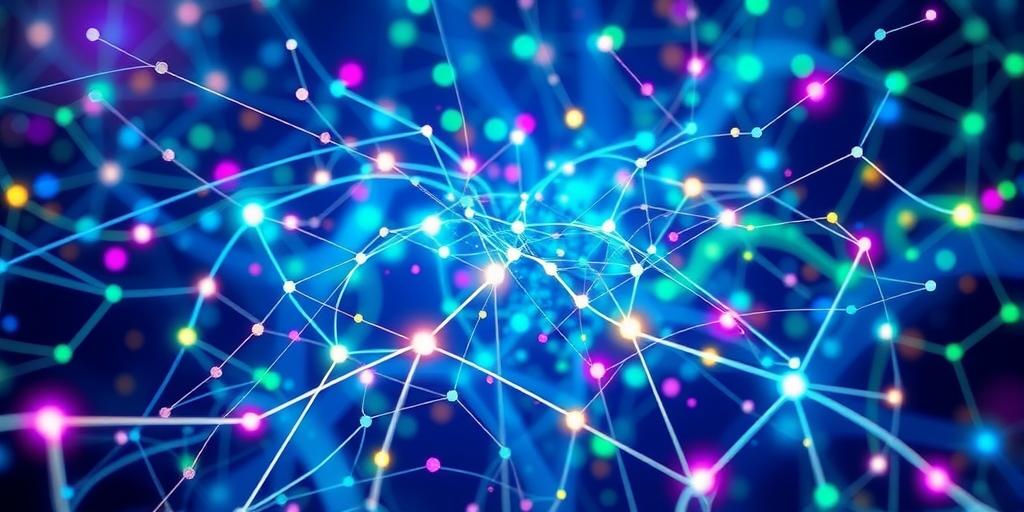Decoding the Enigma: A Beginner’s Guide to Understanding Neural Networks
So, you’ve heard whispers about artificial intelligence, machine learning, and neural networks – the magic behind self-driving cars, personalized recommendations, and even medical diagnoses. Sounds complicated, right? Well, it doesn’t have to be! This beginner’s guide will unravel the mysteries of neural networks, making them surprisingly simple and understandable. Prepare to be amazed by the power and elegance of these digital brains.
What are Neural Networks?
At its core, a neural network is a complex system inspired by the human brain. It’s a collection of interconnected nodes, or “neurons,” organized in layers. These layers work together to process information, learn from data, and make predictions. Think of it like a sophisticated decision-making machine, weighing different factors to arrive at a conclusion. Unlike traditional algorithms that rely on explicit programming, neural networks use data to learn patterns and relationships, allowing them to tackle intricate tasks beyond human programming capabilities.
The Architecture of a Neural Network
Neural networks usually follow a layered architecture: the input layer, hidden layers, and the output layer. The input layer receives the raw data, like pixels in an image or words in a sentence. This data is then processed through one or more hidden layers, where complex calculations are performed. Each neuron in a layer connects to neurons in the next layer, passing on its processed information. This flow of information, modified by weights assigned to each connection, allows the network to learn complex patterns and dependencies within the data. Finally, the output layer produces the final result – a classification, prediction, or whatever task the network is trained to perform. Visualizing this architecture helps in understanding how data moves through the network, allowing for a thorough comprehension of the entire process. Understanding this fundamental structure is essential to grasping the power and potential of neural networks. You might visualize a neural network as a intricate web of connections, enabling powerful computations.
Training a Neural Network: Learning from Data
Training a neural network involves feeding it massive amounts of data. During training, the network adjusts the weights of the connections between neurons based on the provided data, a process called backpropagation. This iterative process refines the network’s ability to accurately predict outcomes or classify inputs. The goal is to minimize the difference between the network’s predictions and the actual values in the data. This process of adjusting weights continues until the network reaches a desired level of accuracy. Think of it as teaching a child – you show them many examples, and they gradually learn to recognize patterns and make correct predictions. The more data you provide, the better the network will learn. This training is a crucial step, influencing the network’s ability to accurately predict future outcomes. Learning about this iterative process aids in understanding how neural networks improve their performance over time.
Applications of Neural Networks: A World Transformed
Neural networks are everywhere! From your smartphone’s facial recognition to medical image analysis, their influence is profound and growing. Let’s explore some exciting applications:
- Image Recognition: Neural networks power image recognition systems used in self-driving cars, medical diagnosis, and countless other applications. They excel at identifying objects, faces, and patterns within images, often exceeding human capabilities in speed and accuracy. This impressive capability is transforming various sectors, offering unprecedented opportunities and improvements.
- Natural Language Processing (NLP): These networks are behind many NLP applications, including machine translation, chatbots, and sentiment analysis. They understand and generate human language, making communication with computers more natural and intuitive. This is a remarkable achievement, opening doors to more efficient and streamlined human-computer interaction.
- Predictive Analytics: Neural networks are used in finance to predict stock prices, in healthcare to predict patient outcomes, and in marketing to predict customer behavior. Their ability to identify complex patterns allows for more accurate and data-driven decision-making. This predictive power is transforming industries by providing insights previously inaccessible.
Conclusion: Embracing the Neural Network Revolution
Neural networks are not just complex algorithms; they are a revolutionary tool reshaping our world. Understanding their fundamental principles opens doors to a fascinating world of artificial intelligence and machine learning. The ability to unravel complex problems and uncover hidden patterns is truly remarkable. So, dive in, explore the resources available online, and start your neural network adventure today! This is a journey that could lead to incredible opportunities and advancements in various fields. The future is neural, and the future is now!




